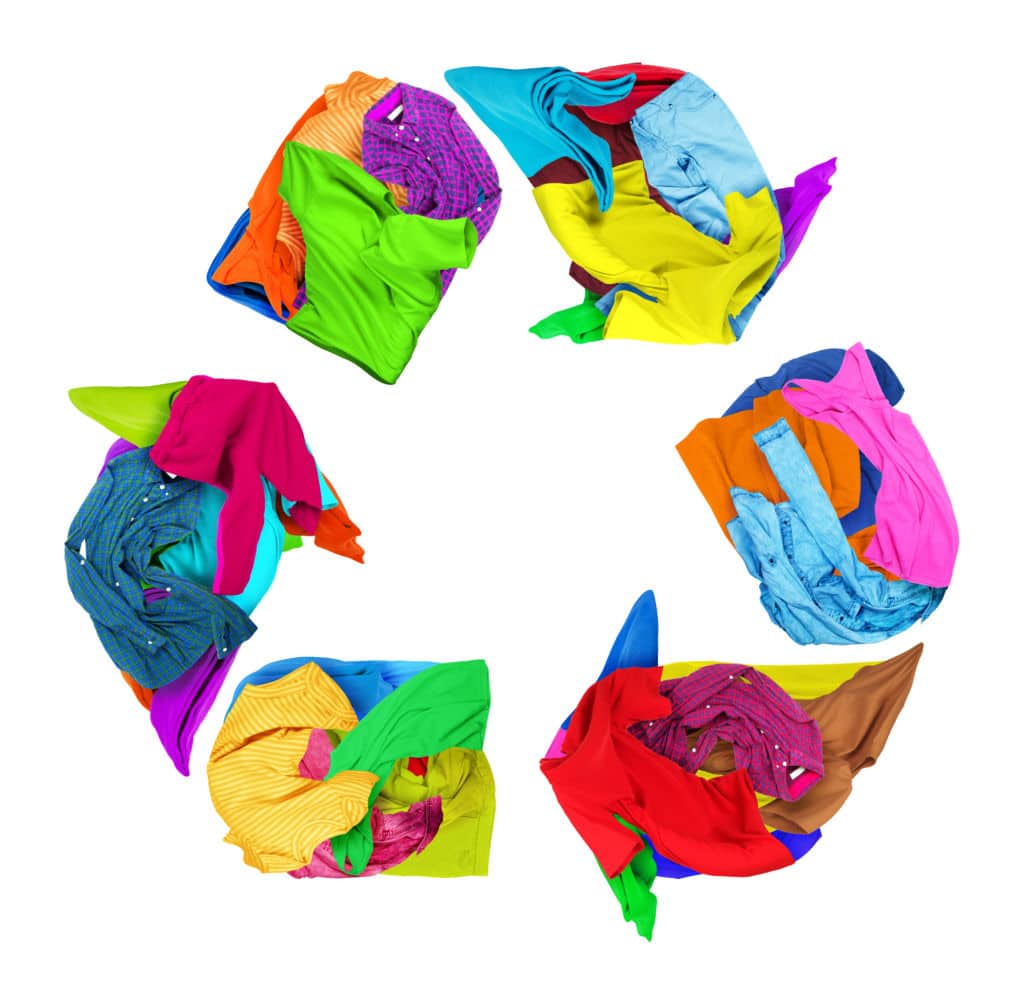In the United States, an estimated 15 million tons of textiles end up in landfills or are burned every year. This waste, amounting to 85 percent of the textiles produced in a year, is a growing environmental problem.
But recycling textiles isn’t always easy. Those that can’t be resold as-is are sent to facilities to be sorted by fabric type. Sorting by hand is labor intensive, made harder by worn-out or missing labels. More advanced techniques that analyze a fabric’s chemistry often aren’t precise enough to identify materials in fabric blends, which make up most clothing.
To improve this sorting process, a team from MIT Lincoln Laboratory and the University of Michigan offer a new way to label fabrics: by weaving fibers with engineered reflectivity into them. In essence, the fiber works like an optical barcode to identify a product.




















